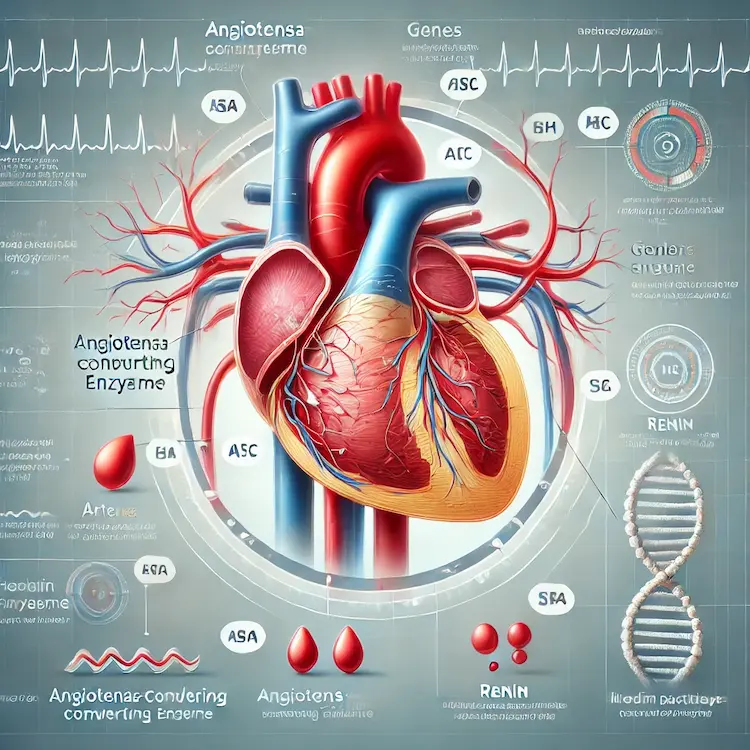Hypertension, commonly known as high blood pressure, is a significant health concern worldwide, including in the Philippines. Traditional treatments primarily involve lifestyle modifications and pharmacological interventions. However, recent advancements in gene therapy offer promising avenues for more effective and long-lasting blood pressure management.
Gene therapy involves modifying or manipulating genes within an individual’s cells to treat or prevent disease. In the context of hypertension, gene therapy aims to target specific genetic pathways that regulate blood pressure, offering potential for sustained control.

Hypertension is a prevalent condition in the Philippines, with studies indicating that 69.1% of older Filipinos have hypertension, yet only 61.6% are aware of their condition.
The economic burden is substantial, with projections suggesting that the cost of hypertension could rise from Php52.6 billion in 2020 to Php97.3 billion by 2050.
Implementing gene therapy could alleviate this burden by providing long-lasting treatment options, potentially reducing healthcare costs and improving patient compliance. However, accessibility and affordability remain critical considerations, especially in a developing country context.
| Approach | Mechanism | Duration of Effect | Considerations |
|---|---|---|---|
| Traditional Medications | Daily oral intake to manage blood pressure | Short-term | Requires strict adherence; potential side effects; variable efficacy |
| Gene Therapy (AS-ODN) | Inhibits genes causing vasoconstriction | Long-term | Potential for sustained effect; currently under research; long-term safety unknown |
| RNA Interference (siRNA) | Silences specific genes involved in BP regulation | Long-term | Promising results in trials; requires further study; delivery methods need optimization |
| Gene Transfer | Introduces genes promoting vasodilation | Long-term | Experimental stage; potential for significant impact; delivery and safety challenges |

Gene therapy represents a frontier in hypertension management, offering the potential for more effective and sustained blood pressure control. While challenges remain, particularly concerning accessibility and long-term safety, ongoing research and clinical trials continue to pave the way for its future integration into standard care, potentially transforming hypertension treatment in the Philippines and beyond.